Solution Manual for Cost Management Accounting & Control 6th Edition By Hansen Mowen and Guan
CHAPTER 1: INTRODUCTION TO COST MANAGEMENT
Chapter 1 can be covered on the first day of class. Students should understand what cost management is and how it is changing over time. This chapter is also a good place to introduce a discussion on ethical behavior. The Institute of Management Accountants’ (IMA) code of ethics is presented on page 13 of the text. There are several good problems on ethics at the end of the chapter.
LEARNING OBJECTIVES
After studying Chapter 1, students should be able to:
- Describe a cost management system, its objectives, and its major subsystems.
- Identify the current factors affecting cost management.
- Describe how management accountants function within an organization.
- Understand the importance of ethical behavior for management accountants.
- Identify the three forms of certification available to management accountants.
KEY TOPICS
The following major topics are covered in this chapter (related learning objectives are listed for each topic):
- A Systems Framework (LO 1)
- Factors Affecting Cost Management (LO 2)
- The Role of the Management Accountant (LO 3)
- Accounting and Ethical Conduct (LO 4)
- Certification (LO 5)
I. A SYSTEMS FRAMEWORK
A system is a set of interrelated parts that performs one or more processes to accomplish specific objectives. An example of a system is the air conditioning system for a home. Exhibit 1-1 illustrates the operational model of an air conditioning system. An accounting information system consists of: objectives, interrelated parts, processes, and outputs. Inputs are generally economic events and the operational model of an accounting system is critically involved with the user of information.
Exhibit 1-2 presents an operational model of an accounting information system.
There are two basic accounting information systems: the financial accounting information system and the cost management information system. Each system is designed to satisfy different purposes. The financial accounting information system is an accounting information subsystem that is primarily concerned with producing outputs for external users.
The cost management information system is an accounting information subsystem that is primarily concerned with producing outputs for internal users using inputs and processes needed to satisfy management objectives.
The cost management information system provides information for (1) determining the cost of products, services, and other objects of interest to management, (2) planning and control, and (3) decision making. Because managers in many different areas of a business require cost information, a high-quality cost management system should have an organization-wide perspective and be able to interact with other information systems within the organization.
Exhibit 1-3 illustrates the subsystems of an accounting information system. Integration of a company’s cost management system with operational systems will reduce redundant storage and use of data, improve the timeliness of information, and increase the efficiency of producing reliable and accurate information. Enterprise resource planning (ERP) systems strive to input data once into a single database and make it available instantaneously to people across the company for multiple purposes. The data is available for preparing financial statements as well as generating any type of management report.
Cost Management System
Cost accounting attempts to satisfy three broad objectives for both financial and management accounting:
- Costing of products, services and other objects of interest to management;
- Planning and control: and
- Decision making.
The first objective depends on the nature of the object being costed and the reason management wants to know the cost. Product costs include the cost of materials, labor and overhead. Managers want to know costs associated with products associated with products for tactical and strategic purposes.
Because most students will have completed a basic course in financial accounting, the differences between cost management and financial accounting can be discussed.
II. FACTORS AFFECTING COST MANAGEMENT
Students should understand factors that will impact a company’s cost management system.
- Global competition – Vastly improved transportation and communications have led to a global market for many manufacturing and service firms. For example, large US companies such as the Coca-Cola Company are developing sizable markets in China. This global focus highlights the need for cost information to reduce costs, improve productivity, and assessing product-line profitability.
- Growth of the service industry – Traditional manufacturing industries have declined in importance. The service sector comprises approximately three-quarters of the U.S. economy and employment. Deregulation of many services such as airlines and utilities has increased competition in the service industry.
- Advances in information technology – Automation and integration increase the need for timely, detailed information. Significant advances in technology include computer-integrated manufacturing and the availability of personal computers, spreadsheet software, and graphics packages.
- Advances in the manufacturing environment – Manufacturing management approaches continue to be utilized to quality, reduce inventories, eliminate waste, and reduce costs.
- Theory of constraints – A method used to continuously improve manufacturing activities and nonmanufacturing activities.
- Just-in-time management – A demand-pull system that strives to produce a product only when it is needed and only in the quantities demanded by customers.
- Computer-integrated manufacturing – The automation of the manufacturing environment.
- Customer orientation – Firms are concentrating on the delivery of value to the customer in order to establish competitive advantage.
- New product development – A significant proportion of production costs are incurred during the development and design stages. There is a high demand for more sophisticated cost management tools related to new product development. Activity-based management is introduced as a system that will allow management to identify and eliminate non-value added activities to reduce life cycle costs.
- Total quality management – Continuous improvement and elimination of waste are the two foundation principles that govern a state of manufacturing excellence.
A philosophy of total quality management has replaced the acceptable quality attitudes of the past.
- Time as a competitive element – Time is a crucial element in all phases of the value chain, and world-class firms reduce time to market by compressing design, implementation, and production cycles.
- Efficiency – Cost is a critical measure of efficiency. Activity-based costing and profit-linked productivity measurement are introduced as methods to evaluate the overall financial effect of productivity changes.
The textbook provide a basic discussion about these topics. These themes are expanded throughout the text. Students may be overwhelmed by the short presentation of these topics in Chapter 1. Emphasize that these topics will be covered in much greater detail in other chapters in the textbook and that students will probably not fully understand these factors until they have been covered in subsequent chapters.

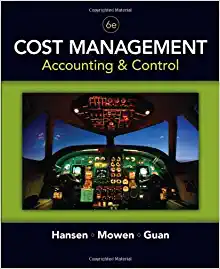
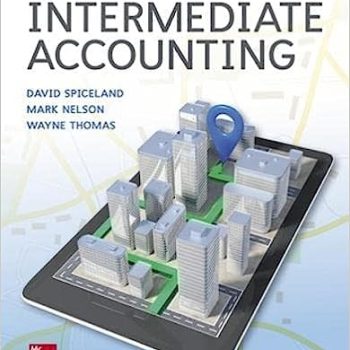

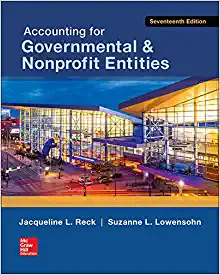
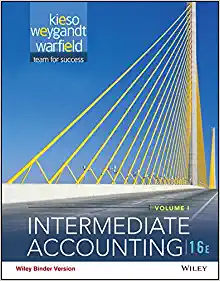
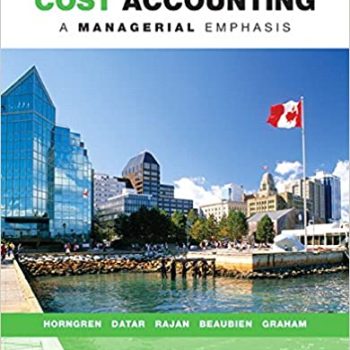
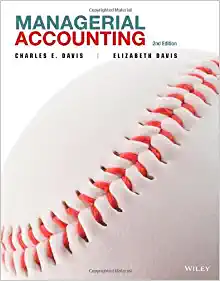
Reviews
There are no reviews yet.